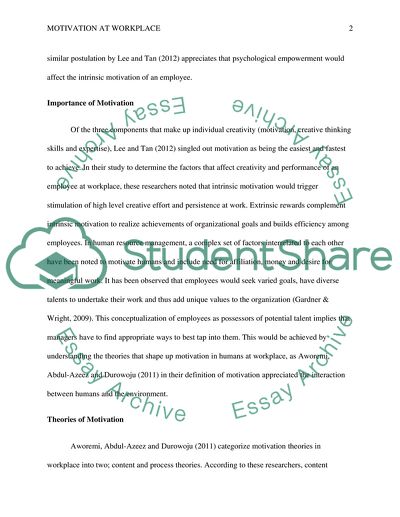Cite this document
(“Motivation in the Workplace Research Paper Example | Topics and Well Written Essays - 1250 words”, n.d.)
Motivation in the Workplace Research Paper Example | Topics and Well Written Essays - 1250 words. Retrieved from https://studentshare.org/human-resources/1608992-hrd-480-major-the-topic-is-project-motivation-in-the-workplace
Motivation in the Workplace Research Paper Example | Topics and Well Written Essays - 1250 words. Retrieved from https://studentshare.org/human-resources/1608992-hrd-480-major-the-topic-is-project-motivation-in-the-workplace
(Motivation in the Workplace Research Paper Example | Topics and Well Written Essays - 1250 Words)
Motivation in the Workplace Research Paper Example | Topics and Well Written Essays - 1250 Words. https://studentshare.org/human-resources/1608992-hrd-480-major-the-topic-is-project-motivation-in-the-workplace.
Motivation in the Workplace Research Paper Example | Topics and Well Written Essays - 1250 Words. https://studentshare.org/human-resources/1608992-hrd-480-major-the-topic-is-project-motivation-in-the-workplace.
“Motivation in the Workplace Research Paper Example | Topics and Well Written Essays - 1250 Words”, n.d. https://studentshare.org/human-resources/1608992-hrd-480-major-the-topic-is-project-motivation-in-the-workplace.


